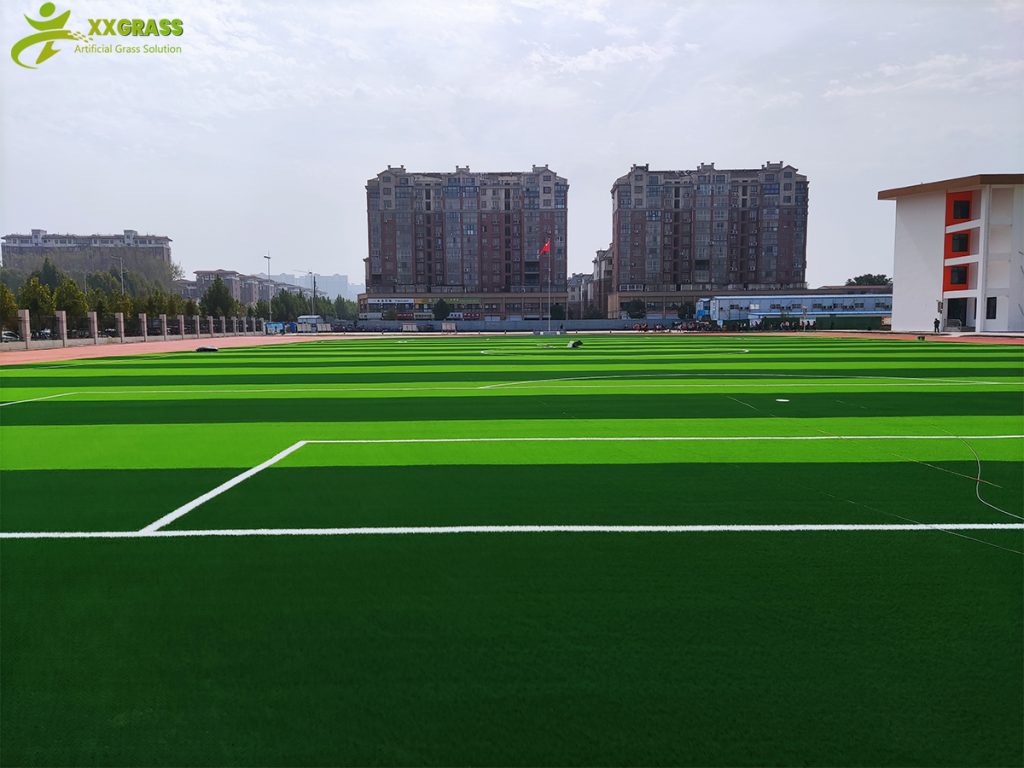
News
Artificial football grass, with its precise adaptation to the demands of football, has become the core support for various football fields.
The toughness of its grass fibers and the elasticity of the playing field have been professionally tuned. When players change direction while dribbling the ball, they can maintain stable grip. When shooting, their movements will not be affected by the softness of the playing field. Moreover, it provides buffer protection for players' sudden stops and jumps, reducing the risk of joint injuries. Even if multiple training sessions or competitions are scheduled within a single day, the venue will not have the bald spots or potholes of natural grass, always maintaining a flat and consistent sports surface.
In terms of maintenance and cost, it does not rely on dedicated personnel for irrigation and mowing like natural grass, nor does it require lawn restoration during the off-season, significantly reducing labor and time costs. Moreover, it is not afraid of high temperatures, heavy rain and other weather conditions. It drains quickly without water accumulation during the rainy season and does not turn yellow during the dry season. It can ensure the normal conduct of football activities throughout the year.
Artificial football grass, with its stable performance and low maintenance advantages, makes the use of football fields more efficient and long-lasting, providing a solid guarantee for the popularization and development of football.
